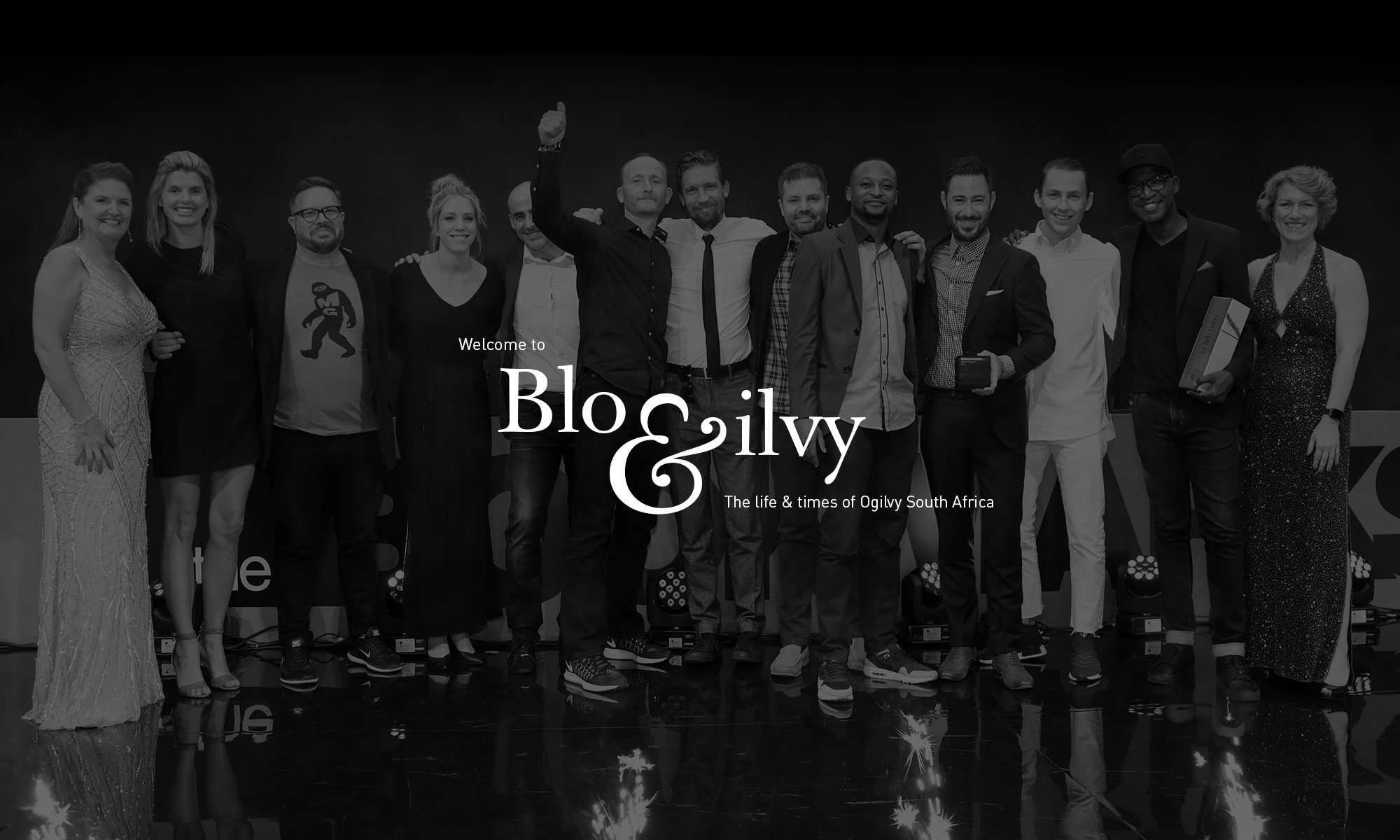 Article originally found in the Sunday Times – Words by Chris Gotz
Article originally found in the Sunday Times – Words by Chris Gotz
The ad industry hit the headlines for the wrong reasons this week and, at times, it looked like a particularly fast moving episode of Generations.
It all started a few weeks ago, when SA’s ad people got dressed up (or dressed down, if you were really, like, cool) to celebrate the annual Loerie Awards. Ad agency Metropolitan Republic did rather well, winning the Grand Prix for mega client MTN. Their campaign, ‘Project Uganda’, was an inspired idea that gave Ugandan schoolchildren access to much needed books via virtual libraries displayed in newspaper ads. Using their mobile phones they were able to download the books via USSD technology. “Genius” pronounced the judges in several Loeries’ categories. It was one of the most popular ideas of the festival, and I sang its praises in these pages two weeks ago.
But the agency barely had time to display the trophies in their minimalist foyer when they received a call from Loerie Awards CEO Andrew Human requesting they return them. It seems the agency hadn’t actually completed the project. Nor had they run the press ads in the Ugandan newspapers. Nor had any Ugandan schoolchildren accessed much-needed books. Further speculation by geeks in the media revealed the technology behind the idea wasn’t really possible.
The Loeries issued a press release on the awards’ recall and the agency, Metropolitan Republic, issued a release accepting responsibility for the transgression. They blamed the slip, although it was more of a swan dive into an empty pool than a mere slip, on over-zealous junior staffers who failed to clear the entry with senior execs. While that seemed vaguely plausible, the agency had been entering the work into various awards shows since March, and seven months seems a long time for senior people to be blissfully unaware of what was a fairly high profile and innovative piece of work.
Cue much huffing and puffing and tweeting and sub-tweeting and, finally, an unseemly scuffle between Human and senior execs from Metropolitan Republic on a Sunday morning radio show. The row rumbles on, fuelled by speculation and much rubbernecking on the part of the rest of the industry.
The issues kicked up by this unfortunate bun fight are many, but none is more relevant than the role of gongs and trophies in the ad industry. There is a constant barrage of criticism directed at ad people about the awards culture, much of it negative. It may be the case, as with Metropolitan Republic (and this is by no means exclusive to them), that agencies will sometimes push too hard to win awards. When the tail furiously begins to wag the dog, with agencies producing work specifically to chase awards, rather than the commercial success of their clients, then the strangeness sets in – sometimes they run work that has not been approved by clients, sometimes they create elaborate television campaigns for small bookshops.
Awards shows police this fairly strictly. Media plans for the campaigns entered are often requested, some ask for letters from clients accompanying all the work entered. The Loeries have a long list of rules and regulations so, by the time the judges see the work, they are accepting on good faith that what they are judging is real. They are looking largely at the quality of the idea, not asking questions about why the Ugandan schoolchildren appear to be sitting in classrooms in South Africa, or why some of the books in the print ads appear to have little use for Ugandan primary schoolchildren : “A history of Kwaito”; “How to play the guitar”; “Elementary principles of calculus”. Or indeed, as some keen hacks discovered, why some of the books displayed did not exist at all.
All of this should not be allowed to diminish the value and real purpose of rewarding and recognising the very best work in our industry. Cannes Lions, the papa bear of ad award shows, has become increasingly important. This year 5,000 of the 12,000 delegates were clients with blue chip giants like Coke, Google and Unilever sponsoring seminars and workshops. Ultimately the winning work is what everyone is there to see and the juries try to find the pieces that push the industry forward, that explore new tricks springing forth from old dogs.
New categories like Mobile, PR, Viral Film and Branded Content and Entertainment show just how rapidly the world of communications, media and marketing is changing and the awards shows are the best places to see the work that really reflects that change. The work that wins big, the Grand Prix winners, are held up as the important torchbearers of things to come, the glorious outliers on the edge of what is possible.
It’s no coincidence that the agencies which regularly collect awards for their work are often the same ones most sought after by clients around the world. That shouldn’t come as a surprise. A study carried out by the U.K.’s Institute of Practitioners in Advertising claims to prove a direct link between creativity and effectiveness. The IPA examined 213 case studies over a period of eight years, including campaigns by Cadbury, Volkswagen, Budweiser, Honda, Audi and Orange, and calculated that creatively awarded campaigns were 11 times more effective than those without jury accolades – whether you’re a large corporation or a small independent retailer, that’s an extremely powerful multiplier.
So the Loeries should continue to be a valuable beacon of excellence for South African marketers and agencies, although Andrew Human has already hinted at more vigilant and stringent entry requirements, because creativity in advertising, as celebrated by award shows all over the world, will continue to be the single most powerful thing any business can use to transform its bottom line.
Tell the guys in procurement to put that in their briar pipes and smoke
